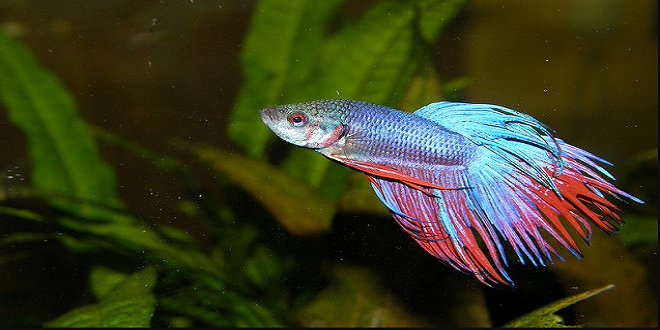If you’re new to giant betta fish care, or simply want to know what the best diet for your betta fish is, read on! In this article, we’ll outline the basics of betta fish nutrition, and provide a list of the best betta fish diet for beginners.
We’ll also discuss how to choose the right food and water for your pet, and highlight some tips for feeding and caring for your betta fish. So whether you’re just getting started with betta fish care or you’re a seasoned vet, read on to learn everything you need to know.
What Is The Best Betta Fish Food?
There are several different types of betta fish food that you can use to feed your fish. However, one of the most popular options is Freeze-dried Bloodworms. These small but nutritious creatures provide essential nutrients and fluidity for your betta fish’s diet and thrive in captivity.
Other common favorites include sinking pellets, which are made up of vegetable matter, meat, or blood meal; live blood worms; flakes or granules; fresh vegetables and fruits as treats; freeze-dried shrimp/porcelain shrimp; freeze-dried krill/copepods; and brine shrimp.
It is important to choose a food that meets the specific dietary needs of your chosen species of betta fish. Additionally, be sure to change it regularly so that it remains fresh and appetizing for your pets.
Choosing the Right Foods for Your Betta
Betta fish are experts at finding food and they will eat just about anything. However, to make sure that your Betta is getting the best possible diet, it is important to choose the right foods for them.
When feeding your Betta fish, make sure to include pellets, small bits of live food, and a diet of fresh vegetables and fruits. Be sure to change up their diet regularly to ensure that they are getting the most varied and nutritious food possible.
What to Avoid When Feeding Your Betta?
While Bettas are among the most popular fish in the world, there are a few things that you should avoid when feeding your Betta. Some of these include live foods like bloodworms, crickets, and chironomids (insect larvae); high-fat foods like avocados or macadamia nuts; seeds; seafood items; and anything raw or highly processed.
Additionally, because Bettas live in water mixed with the substrate (Marinella spp.), they may ingest small amounts of decaying plant material which can contain harmful bacteria.
This includes bark from new trees or plants as well as leaves and other debris from older plants. So make sure to dispose of this material properly if it ends up inside your tank.
Finally, because Bettas love to chew on things, be sure to provide them with plenty of hard objects to gnaw on such as PVC pipe ornaments. This will help keep their teeth clean and healthy.
Tips for Successful Betta Fish Feedings
When feeding your Betta fish, there are a few key tips you will want to follow for them to have the best chance of being healthy. These include:
Keep their tank clean and well-maintained. To prevent protozoans like Cryptocaryon irritants (which causes Ich) from infecting your Bettas’ water and food, make sure that any new equipment or small appliances are sterilized before using them. Also, you should clean your filter dieting.
Dirty filters often cause excess waste which can be a breeding ground for free-living ich-worms (Cryptocaryon ichorous) that can be passed around through feeding to your fish.
Once in the tank, this free-living parasite will attach itself to a surface such as leaves and other plants or decorations where it has multiple close encounters with your Betta before being safely removed by the filter’s biological process.
 BESTCITYTRIPS
BESTCITYTRIPS




